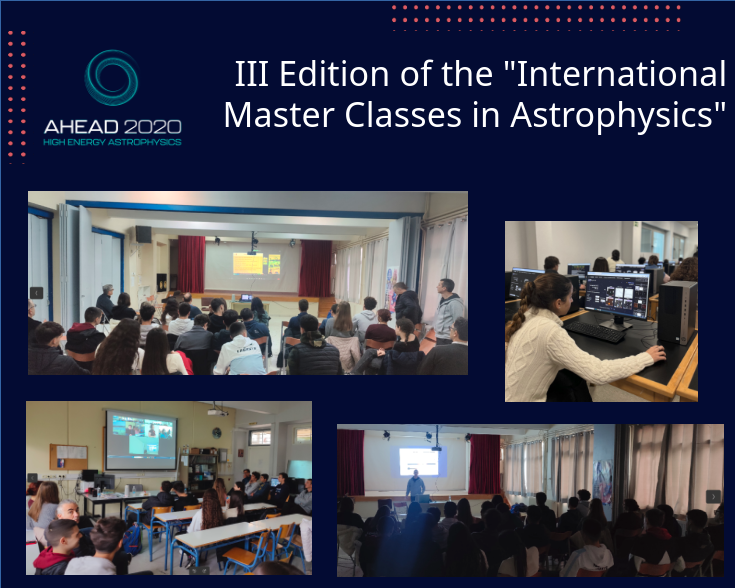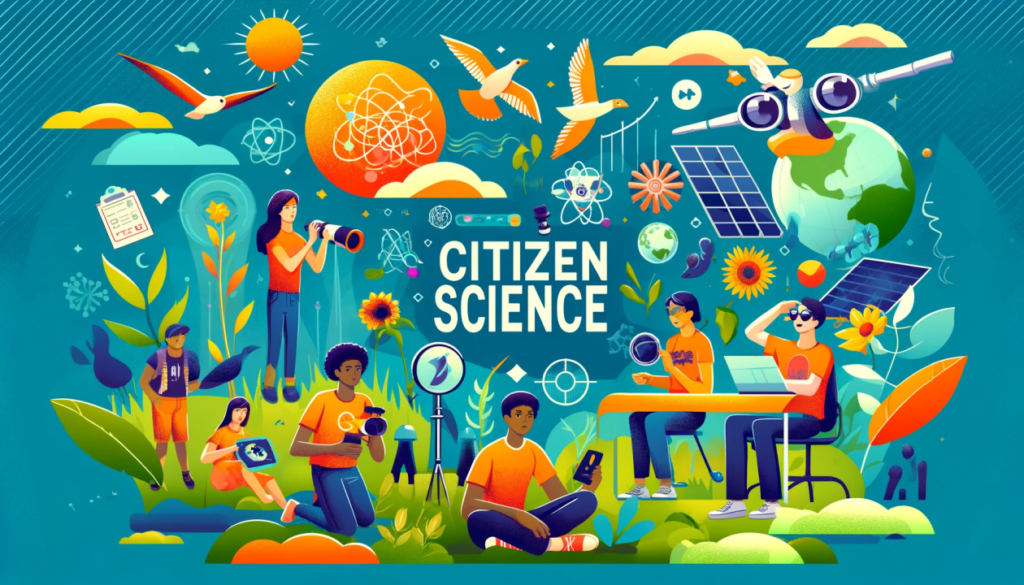On Thursday, December 5, 2024, the 3rd Edition of the “International Master Classes in Astrophysics” took place. This exciting event was organized in collaboration with the Instituto de Física de Cantabria (IFCA, Spain), the Institut de Recherche en Astrophysique et Planétologie (IRAP) in Toulouse (France), and the Institute for Astronomy, Astrophysics, Space Applications, and Remote Sensing (IAASARS) of the National Observatory of Athens (NOA, Greece).
This initiative brought together researchers and high-school students from across Europe to explore cutting-edge topics in astrophysics. Participants engaged in interactive sessions, workshops, and lectures, delving into the latest advancements in the field.
The event was supported by the European Union’s Horizon 2020 programs, “XMM2ATHENA” and “AHEAD2020”, emphasizing its international and collaborative scope.

A Real Scientific Journey
The day began with the students joining a virtual session with Natalie Webb, an astrophysicist from IRAP and the principal investigator of the European project XMM2Athena. They learned about the scientific goals of the project and the significance of citizen science initiatives in advancing astrophysics research. The research teams of each country working on XMM2Athena then presented a series of talks aimed at introducing high school students to key concepts in X-ray astronomy (nature of X-ray emissions, the role of X-ray satellites like XMM-Newton, and their applications in understanding the universe) and explained how the European Space Agency’s XMM-Newton satellite collects data from astronomical objects and the challenges of classifying these data into an X-ray source catalog.
In the second part of the day, students applied these concepts using CLAXSON, a specialized tool for classifying X-ray sources observed by XMM-Newton. Guided by the researchers, the students analyzed real data to identify and classify unknown astronomical objects, such as active galaxies, stars, and binary systems.
International Collaboration and Friendly Competition
The masterclass concluded with a fun and competitive quiz on the platform Quizizz, where all the students tested their knowledge in X-ray astronomy. Through an international video conference, students from the three countries shared their results and ideas, simulating the collaborative nature of global scientific research.
Combining Science, Teamwork, and Inspiration
Tailored to the students’ knowledge levels, this initiative offers a unique, hands-on learning experience that combines science, technology, and teamwork. Participants not only explore new astrophysical concepts but also get a glimpse into university life and the workings of a leading research center like IFCA, IRAP and NOA.
“The goal of these masterclasses is to spark scientific vocations, showcase the importance of citizen science in astrophysics, and connect young people with science in a fun and collaborative way,” explains Maite Ceballos, an IFCA researcher.
“It also allows students to tackle real-world research problems, experiencing what it’s like to work in astrophysics within an international and collaborative environment,” she adds.
Citizen Science in Action
Citizen science projects like this engage society in cutting-edge research, harnessing the power of collective effort to analyze vast datasets and uncover new discoveries. By involving high school students in such initiatives, IRAP, IFCA, NOA, and their partners are nurturing the next generation of scientists while demonstrating the relevance of science in everyday life.

This year’s International Astrophysics Masterclasses not only ignited students’ curiosity about the universe but also highlighted the value of collaboration, critical thinking, and innovation in addressing the challenges of modern astronomy.
